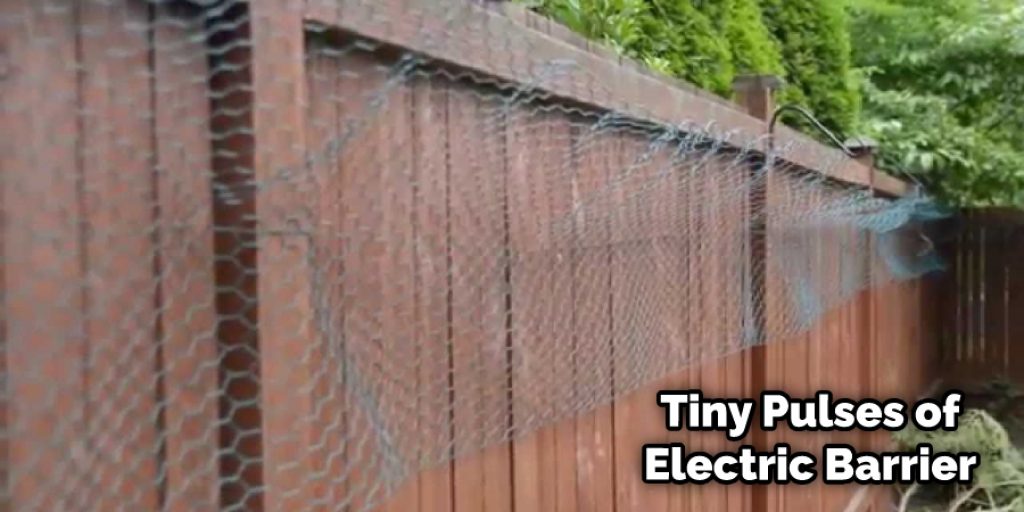How to Cat Proof Your Garden
A cat is a great companion. They are loving, affectionate, and can be fun to have around the house with their antics. However, if you want them in your garden, you need to adjust first! Cats love digging in the dirt and eating plants. This blog post will help guide you through how to cat proof your garden harming them or yourself.

We’ll start by discussing why it’s important for cat owners to keep their cats away from gardens because it won’t just be the plants that suffer but also the animals living there.
We’ll then explore some options for keeping cats out of gardens, including fences, water bowls, sprinklers, deterrents like citrus peels or mothballs, and some other equipment you can use to keep your garden cat-proof. Read on to know more!
8 Reasons Why You Should Cat-Proof Your Garden
1. A garden is a natural place for cats to explore and hunt.
2. Cats can be destructive in gardens, digging up plants, scratching trees, and spraying urine.
3. A garden provides a safe place for cats to roam and reduces the chances of getting hit by a car.
4. Gardens provide shelter and food for cats, and the more they are provided with, the less likely they are to cause trouble.
5. By providing food and shelter for cats, you can encourage them to move elsewhere if you so wish. This won’t work in all cases but does occasionally happen.
6. Cats can be kept safe from hazards such as poisons, slug pellets, and electric fences by cat-proofing your garden.
7. A cat-proofed garden is also dog-proofed, as the vast majority of dogs will not go near a cat.
8. Garden ponds can be a death trap for cats, as they often fall in and can’t get out.
10 Ways on How to Cat Proof Your Garden
1. Use Hedges
If you have a hedge around your garden that you should, it will help break up the outline of where the garden stops and the rest of the yard begins. This will stop your cat from trying to dig or jump over it.

2. Plant Raspberries
Raspberries are an excellent way to keep cats away from your garden. Plant them to form a line between your garden and the rest of your yard so that cats are discouraged from crossing it.
3. Use Natural Repellents
Cats hate citrus smells, which is why they will avoid citrus peels scattered around the area you wish to cat-proof. You can also try planting rosemary, lavender, or mint near your garden, as cats also don’t like the smell of these plants.
4. Put Up a Fence
A fence is an excellent way to keep your cat from entering the garden in the first place. Ensure the fence is at least six feet high and that your cat could use no gaps or lose boards to get in.
5. Install a Motion Sensor
If you’re not keen on putting up a fence, you can try installing a motion sensor instead. This will activate a sprinkler or stream of water every time your cat enters the garden, which will eventually teach them to stay away.
6. Use Wire Mesh
Covering the top of your fence with wire mesh will help to keep cats from climbing over it. The mesh should be at least 12 inches above the ground so that cats cannot dig under it.
7. Put up a Barrier
If you don’t want to put up a fence, you can install an electric barrier instead. These are typically made of mesh and send out tiny pulses of electricity when triggered by movement; they are harmless to pets but will keep them from crossing.

8. Use Inexpensive Deterrents
Making your inexpensive cat deterrents is an excellent way to keep cats out of your garden as well as being more eco-friendly than some commercial options. A few ideas include putting large stones around the border, adding water features that make noise, and letting small pebbles or pinecones scattered around.
9. Install a Solar Powered Sprinkler
If you have a problem with cats going to the bathroom in your garden, consider installing a solar-powered sprinkler. This will automatically spray water whenever it detects movement, scaring away any cats in the area.
10. Lines of Sight
If you can, place your garden in a location with sightlines from the house. This way, if cats happen to enter your garden, they will be visible to you, which will discourage them from returning.
Some Tips and Suggestions
1. Place your garden below a window where cats can’t jump from.
2. Place all the plants too close to each other, so it’s harder for cat paws to get in between them.
3. Use smaller plants or use thorny vines and prickly flowers on the ground, so it hurts a cat if they touch them.
4. Install a motion detector that will spray water at any cats who enter the garden.
5. Get a cat that hangs around your garden to scare away other cats.
6. Place barbed wire or broken glass around the area you don’t want cats in, so they will get hurt if they go too far into it.
7. Grow plants with a strong smell, like lavender and sagebrush, because most cats hate those smells.

What Is the Best Cat Repellent for the Garden?
If you want to stop your cats from using your garden as a litter box, you need to get them to think of the area around it as an extension of their own environment. If they associate grass and plants with where they can do their business, they’ll be more likely to return there in the future.
The best way to solve this problem is to use cat repellent. There are many different types on the market, but the most effective ones contain either citrus oil or vinegar. You can also make your repellent by mixing water with lemon juice or white vinegar.
How to Apply Cat Repellent to Your Garden
Once you’ve chosen a cat repellent, you need to apply it evenly across the area that your cat has been using. For example, if they’re urinating in the corner of your garden, sprinkle the repellent along the whole edge. If they’re defecating on one side of your lawn, cover both sides.
When applying cat repellent indoors or out, remember that cats often read the area as an extension of themselves and may return to the same spot. To make sure they stay away from their preferred bathroom site, cover it with a large box or piece of wood so nothing can get through.
Are There Any Other Ways to Cat-Proof Your Garden?
If you don’t want to use cat repellent but still want to stop your furry friend from using your garden as a loo, you can try installing a fence. Dense vegetation with prickly thorns makes the perfect substitute for cat repellent, as they won’t be able to crawl through it or walk across it without feeling uncomfortable.
In addition to physical barriers, there are also other ways you can make your garden less appealing to cats. For example, you could add a water feature such as a pond or fountain. Cats prefer dry and quiet spots, so playing with running water will discourage them from visiting while at the same time providing an enjoyable landscape feature for you and your family.
Conclusion
If you have a cat, it is essential to be careful about where they are in the garden. Cats can catch prey that may not be safe for them or other animals in your garden. It is also imperative that cats don’t eat plants from your garden because they could become sick and die.
There are many ways to keep pets out of gardens, including installing fencing around the perimeter, installing an electric fence, using citronella repellent spray on plants, and creating a raised bed with chicken wire surrounding it. We hope these tips on how to cat proof your garden help you create a more pet-friendly environment!




